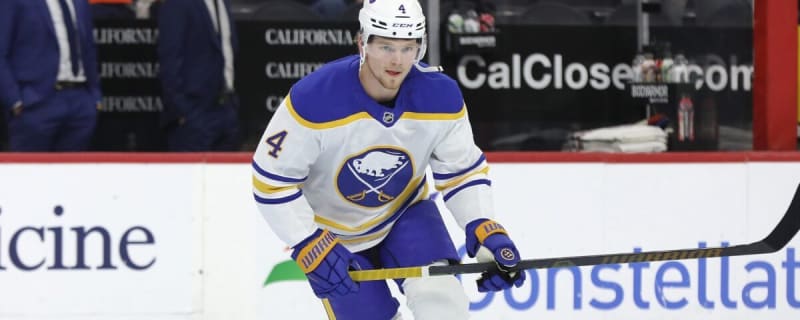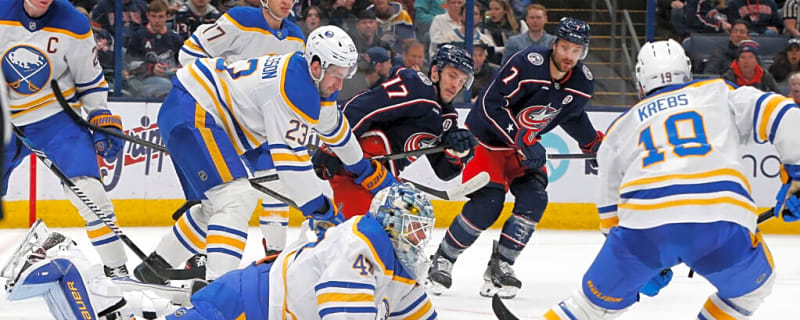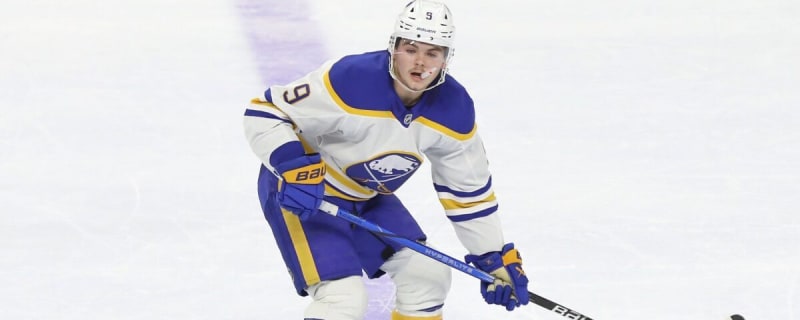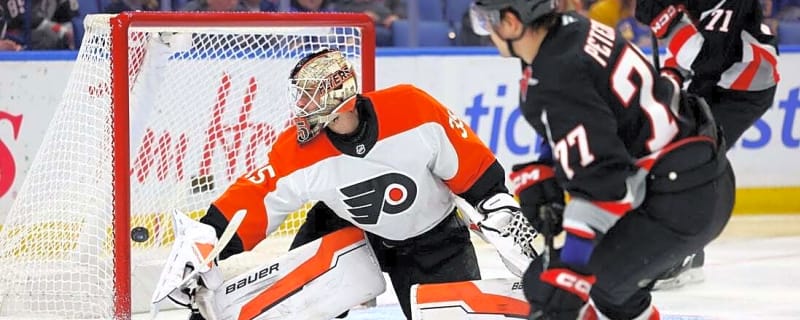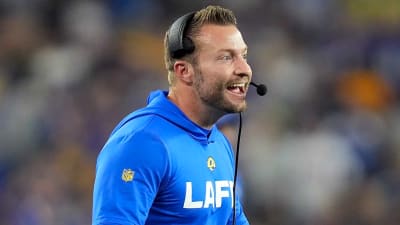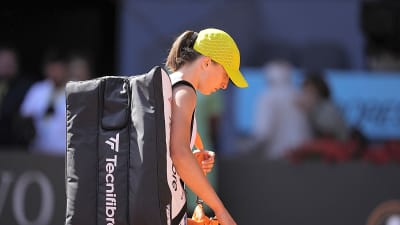- Home
- Quizzes
- My Quiz Activity
- Newsletters
- MY FAVORITES
- Add Sports/Teams
- SPORTS
-
NFL
- NFL Home
- Arizona Cardinals
- Atlanta Falcons
- Baltimore Ravens
- Buffalo Bills
- Carolina Panthers
- Chicago Bears
- Cincinnati Bengals
- Cleveland Browns
- Dallas Cowboys
- Denver Broncos
- Detroit Lions
- Green Bay Packers
- Houston Texans
- Indianapolis Colts
- Jacksonville Jaguars
- Kansas City Chiefs
- Las Vegas Raiders
- Los Angeles Chargers
- Los Angeles Rams
- Miami Dolphins
- Minnesota Vikings
- New England Patriots
- New Orleans Saints
- New York Jets
- New York Giants
- Philadelphia Eagles
- Pittsburgh Steelers
- San Francisco 49ers
- Seattle Seahawks
- Tampa Bay Buccaneers
- Tennessee Titans
- Washington Commanders
-
MLB
- MLB Home
- Athletics
- Arizona Diamondbacks
- Atlanta Braves
- Baltimore Orioles
- Boston Red Sox
- Chicago White Sox
- Chicago Cubs
- Cincinnati Reds
- Cleveland Guardians
- Colorado Rockies
- Detroit Tigers
- Houston Astros
- Kansas City Royals
- Los Angeles Angels
- Los Angeles Dodgers
- Miami Marlins
- Milwaukee Brewers
- Minnesota Twins
- New York Yankees
- New York Mets
- Philadelphia Phillies
- Pittsburgh Pirates
- San Diego Padres
- San Francisco Giants
- Seattle Mariners
- St. Louis Cardinals
- Tampa Bay Rays
- Texas Rangers
- Toronto Blue Jays
- Washington Nationals
-
NBA
- NBA Home
- Atlanta Hawks
- Boston Celtics
- Brooklyn Nets
- Charlotte Hornets
- Chicago Bulls
- Cleveland Cavaliers
- Dallas Mavericks
- Denver Nuggets
- Detroit Pistons
- Golden State Warriors
- Houston Rockets
- Indiana Pacers
- Los Angeles Clippers
- Los Angeles Lakers
- Memphis Grizzlies
- Miami Heat
- Milwaukee Bucks
- Minnesota Timberwolves
- New Orleans Pelicans
- New York Knicks
- Oklahoma City Thunder
- Orlando Magic
- Philadelphia 76ers
- Phoenix Suns
- Portland Trail Blazers
- Sacramento Kings
- San Antonio Spurs
- Toronto Raptors
- Utah Jazz
- Washington Wizards
-
NHL
- NHL Home
- Anaheim Ducks
- Boston Bruins
- Buffalo Sabres
- Calgary Flames
- Carolina Hurricanes
- Chicago Blackhawks
- Colorado Avalanche
- Columbus Blue Jackets
- Dallas Stars
- Detroit Red Wings
- Edmonton Oilers
- Florida Panthers
- Los Angeles Kings
- Minnesota Wild
- Montreal Canadiens
- Nashville Predators
- New Jersey Devils
- New York Islanders
- New York Rangers
- Ottawa Senators
- Philadelphia Flyers
- Pittsburgh Penguins
- San Jose Sharks
- Seattle Kraken
- St. Louis Blues
- Tampa Bay Lightning
- Toronto Maple Leafs
- Utah Hockey Club
- Vancouver Canucks
- Vegas Golden Knights
- Washington Capitals
- Winnipeg Jets
- NCAAF
- NCAAM
- Olympics
- Boxing
- Entertainment
- Lifestyle
- Golf
- MMA
- Soccer
- Tennis
- Wrestling
- Sports Betting
- More Sports
- RESOURCES
- My Account
- YB on Facebook
- YB on Twitter
- YB on Flipboard
- Contact Us
- Privacy Policy
- Terms of Service
Sabres’ Devon Levi Is Dominating in the AHL
On July 24, 2021, the Buffalo Sabres pulled off a blockbuster trade with the Florida Panthers, sending Sam Reinhart to Florida in exchange for a 2022 first-round pick—used to select Jiri Kulich—and top goaltending prospect Devon Levi.
Top-5 Buffalo Sabres Prospects to Watch in AHL’s Calder Cup Playoffs
As the NHL playoffs roll on, the Rochester Americans have just begun the 2025 AHL Calder Cup Playoffs. On the roster are prospects Sabre fans will want to keep an eye on.
3 early Sabres trade targets after 2025 playoff elimination
The Buffalo Sabres missed the Stanley Cup Playoffs for the 14th consecutive season in 2025. They welcomed Lindy Ruff back as the head coach before the season, and it was a disaster.
Buffalo Sabres 2024-25 Player Report Card: Mattias Samuelsson
When it comes to polarizing seasons, the poster child for it on the Buffalo Sabres is probably defenseman Mattias Samuelsson for the 2024-25 season. Despite having good numbers, improvements in multiple categories, and being used in a role more suited to him, he still found a way to be on the wrong side of the opinions of fans.
The 'NHL Conn Smythe Trophy winners' quiz
The NHL began awarding the Conn Smythe Trophy to the most valuable player of the postseason beginning in the 1965 season. How many of the past winners can you name in six minutes?
Sabres 3-round 2025 NHL Mock Draft after 2024-25 season
The Buffalo Sabres missed the Stanley Cup Playoffs once again. Buffalo had Stanley Cup ambitions entering the 2024-25 season. But they never came close to achieving their goals.
What cities should get NHL expansion teams?
It seems the NHL is in a good place. Ratings are up, talent levels are high, and the league added two teams to get up to 32 in the not-too-distant past.
After ending season on tear, will Sabres’ James Reimer retire or keep playing? 
BUFFALO – James Reimer’s superb goaltending down the stretch for the Sabres showed he possesses the talent to return for his 16th season. Even at 37, an advanced age, he ranked among the NHL’s hottest netminders, compiling a gaudy 8-2-0 record from March 23 until the season ended, including a career-long seven-game winning streak.
Sabres AHL: Kale Clague grabs starring role for Rochester Amerks in playoffs 
Technically, Americans defensemen Kale Clague had played a playoff game in pro hockey before last weekend. In 2021, when the COVID-19 pandemic forced the AHL to play a truncated schedule, it did not hold the Calder Cup Playoffs.
Buffalo Sabres’ 2025 Offseason Checklist
The Buffalo Sabres entered last offseason with a clear plan. With Lindy Ruff returning as head coach — his first time behind the Sabres’ bench since 2012 — the emphasis was placed on one thing: speed.
NHL Rumors: Byram, Sabres, Quenneville, Ducks, Flames
In today’s NHL rumors rundown, are the Buffalo Sabres leaning more toward signing or trading defenseman Bowen Byram? He wants to stay, but is that the right move for the team?
NHL Rumors: Will Bowen Byram and Mattias Samuelsson be Back With the Buffalo Sabres?
Bill Hoppe of Buffalo Hockey Beat: 23-year-old Buffalo Sabres defenseman Bowen Byram had a breakout season with 31 assists and 38 points. He averaged 22:42 in ice time per game.
What Went Wrong for the Sabres This Season
For the 14th year in a row, the Sabres failed to make the playoffs. Although it wasn’t all bad, more things went wrong than right. The Sabres went into the season with one goal: make the playoffs.
Buffalo Sabres 2024-25 Player Report Card: Zach Benson
While a majority of the Buffalo Sabres roster may have underperformed as a whole, by individualistic standards and statistics, many of them had very good seasons.
Tage Thompson, Matty Beniers highlight USA’s initial roster for 2025 World Championship
Several of the top American-born players are set to represent their country next month. On Thursday, USA Hockey released its initial roster for the 2025 IIHF Men’s World Championship.
Buffalo Sabres 2024-25 Season Awards
The Buffalo Sabres’ 2024-2025 season has officially come to an end. They closed things out on a positive note with a 5-4 win over the Philadelphia Flyers on Thursday night.
Sabres First Overall Pick Will Not Need Knee Surgery
A awkward collision knocked Owen Power out of the regular season. Today it was announced he will not require surgery. Power will still take around 2 months to fully recover from the injury.

Alex Tuch discusses possible extension with Sabres
Buffalo Sabres forward Alex Tuch is scheduled to hit unrestricted free agency following the 2025-26 season.
Buffalo Sabres' Jiri Kulich Injures Referee With Hard Accidental Shot
During last night's Sabres-Flyers game, Buffalo's Jiri Kulich took a shot that completely missed the net and went straight for the referee, injuring him quite badly.
Sabres Make Lindy Ruff Announcement After Season Finale
The Buffalo Sabres failed to secure a ticket to the 2025 NHL Stanley Cup Playoffs, but at least they punctuated their 2024-25 campaign on a positive note, beating the Philadelphia Flyers on Thursday night via a score of 5-4 at KeyBank Center in Buffalo.
Sabres give Lindy Ruff 900th win in finale
Ryan McLeod collected a goal and two assists to help lift the host Buffalo Sabres to a 5-4 victory over the Philadelphia Flyers on Thursday in the regular-season finale for both teams.
Sabres recall Isak Rosen
The Sabres have recalled winger Isak Rosen from AHL Rochester for their final two regular-season games, per the AHL’s transaction logs. He comes up with Beck Malenstyn likely done for the year with an undisclosed injury, relays NHL.com’s Heather Engel.
3 early Sabres trade candidates after 2025 playoff elimination
The Buffalo Sabres are going to miss the playoffs for the 14th consecutive season. They thought they were powering out of their second rebuild of the drought when they finished ninth in 2022-23.
Sabres Extend NHL-Leading Playoff Drought
The Buffalo Sabres will miss the postseason for the 14th straight season, extending their NHL-leading playoff drought. Despite winning over the Carolina Hurricanes, a Montreal Canadiens victory mathematically eliminated the Sabres from the 2025 Stanley Cup Playoffs.
Sabres' Tage Thompson aims to keep hot streak going vs. Canes
While a more prominent jumbo-sized sniper has been setting records and getting a lot of attention lately, Tage Thompson is quietly on an impressive run himself.
Sabres sign Topias Leinonen to entry-level contract
The Buffalo Sabres announced Friday that the club has signed goaltender Topias Leinonen to a three-year, entry-level contract to begin in the upcoming 2025-26 campaign.

John Tortorella joins crowded field of potential offseason NHL coaching candidates
John Tortorella's firing Thursday as Flyers head coach this close to the end of the regular season serves as the start of the offseason in Philadelphia.
Sabres sign forward prospect to entry-level deal
The Sabres have signed forward Tyler Kopff to a two-year, entry-level contract beginning with the 2025-26 season, per a club announcement.

Watch: Golden Knights lose game after trying to get revenge goal for Jack Eichel
The Vegas Golden Knights dropped a 4-3 shootout decision to the Buffalo Sabres on Saturday afternoon, a result that had to be frustrating enough for the Golden Knights given that Buffalo is one of the league's worst teams.
Breaking News
Trending News
My Favorites
Customize Your Newsletter
 +
+
Get the latest news and rumors, customized to your favorite sports and teams. Emailed daily. Always free!
PRIVACY POLICY EDITORIAL POLICY CONTACT US
ABOUT YARDBARKER TERMS OF SERVICE
Use of this website (including any and all parts and
components) constitutes your acceptance of these
Terms of Service and Privacy Policy.
This site is for entertainment purposes only.
There is no gambling offered on this site.
Gambling Problem? Call 1-800-Gambler.

 Free Newsletters
Free Newsletters






